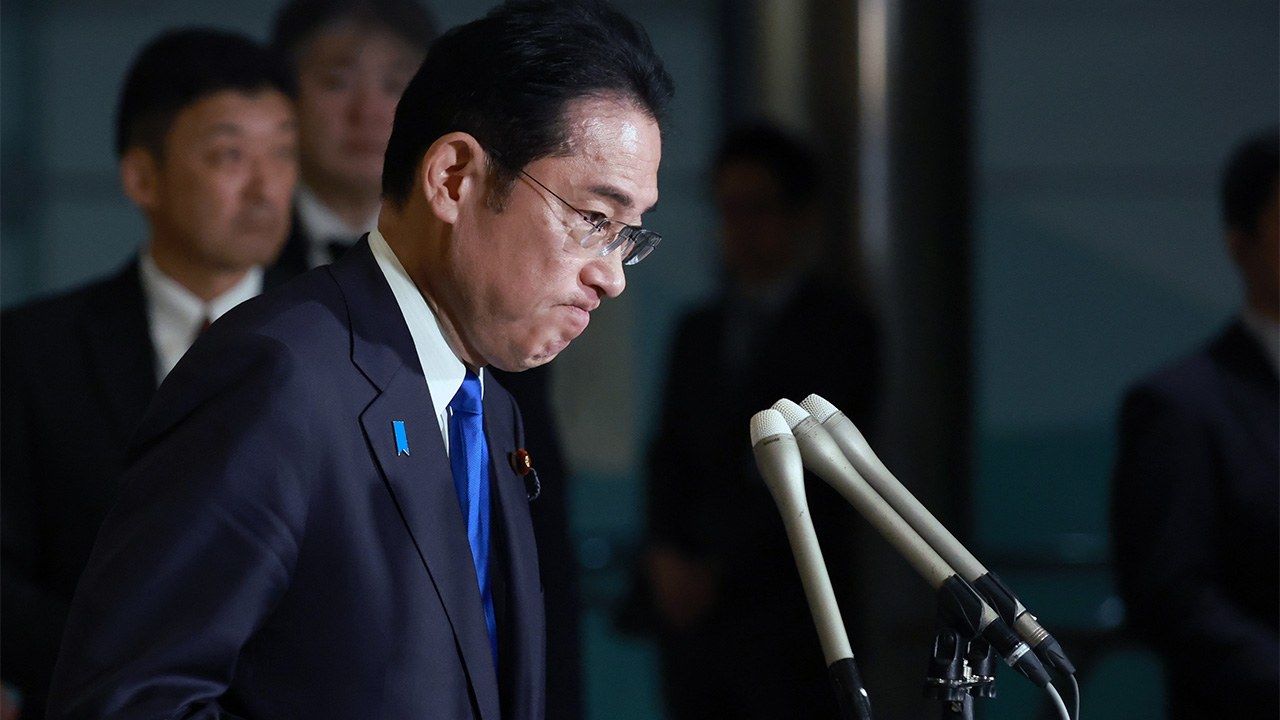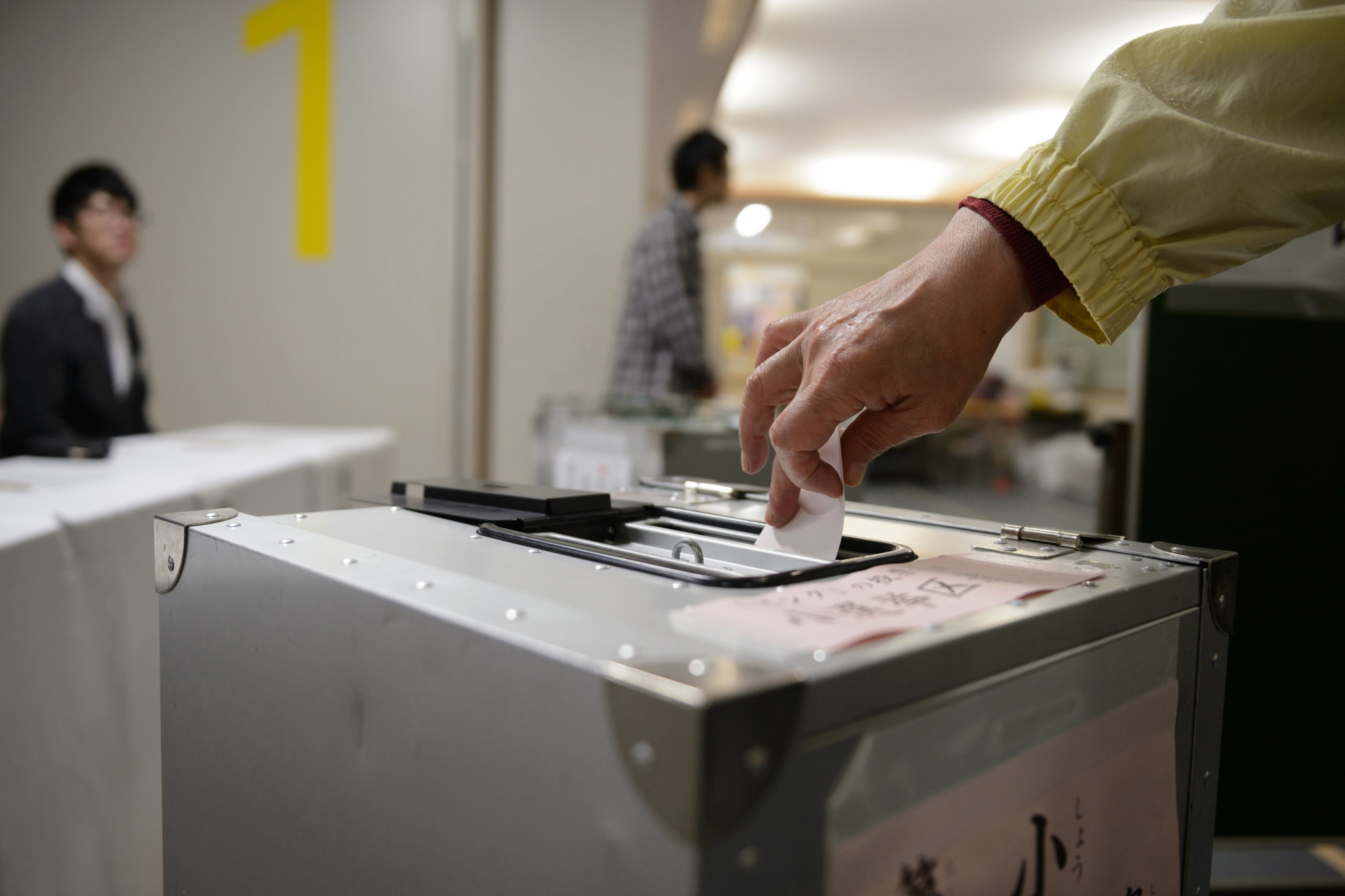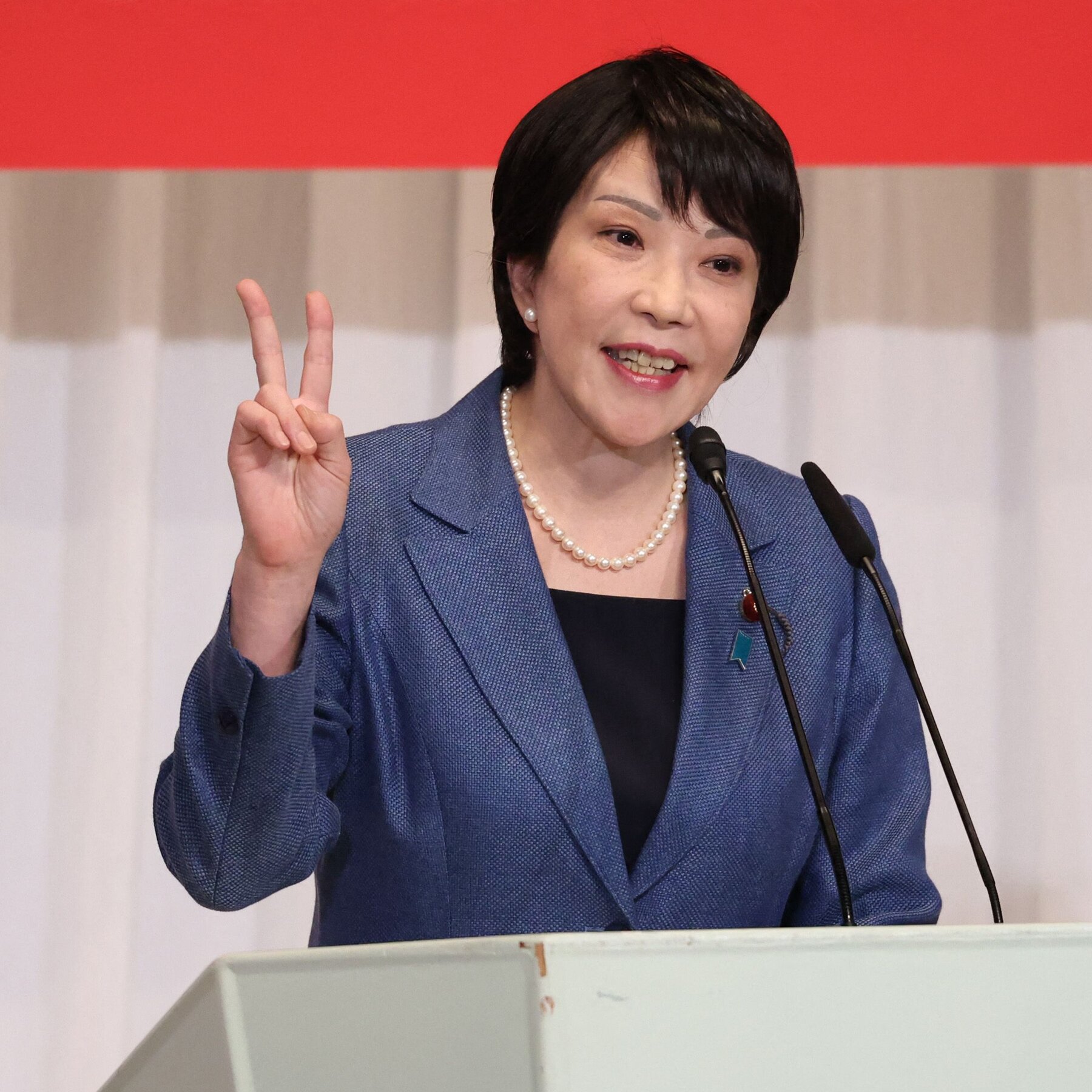
Who Will Take the Helm? The Race for Japan’s Next Prime Minister
As the political pot boils over in Japan, the impending vote to replace Prime Minister Fumio Kishida is set to send shockwaves throughout the nation. With the long-ruling Liberal Democratic Party (LDP) gearing up for a historic election on October 1, speculation is rampant about who will emerge victorious from a record nine candidates, including trailblazers like Yoko Kamikawa and Sanae Takaichi. Only time will tell if this election can restore public trust shattered by corruption scandals and short-lived administrations.

A deep dive into the political landscape of Japan.
Understanding the Vote Process
This election is somewhat unique, being limited to only LDP lawmakers and approximately 1.1 million grassroots members—representing less than 1% of Japan’s voting populace. Unsurprisingly, experts predict that no candidate will secure a majority in the initial voting round. Given the fragmented nature of the party, a runoff between the top two candidates seems most likely. The stakes are astronomical; with the LDP’s recent scandals tarnishing Kishida’s image, this vote is crucial for the party’s revival.
Historically, powerful faction leaders dictated LDP leadership votes, but the corruption crises seem to have shifted the dynamics, with most factions now dissolved. This changing landscape creates an open field, but it also raises questions about the new leader’s capability to foster stability and long-term policy commitments amidst political upheaval. As Yu Uchiyama, a politics professor at the University of Tokyo, stated, “The stability will depend on support ratings.”
Repercussions for Japan’s Future
If the next prime minister can’t forge a stable political foundation, we may witness a grim repeat of the early 2000s characterized by incessant leadership changes. The recent trend of short prime ministerial tenures hinders Japan’s ability to tackle long-term challenges such as security, healthcare, and climate change. Diplomatic strategies, particularly around Japan’s alliance with the United States, will remain paramount regardless of who takes the reins.

Visualizing the evolution of political stability in Japan.
Experts assert current challenges, including fluctuating military spending and rising child care costs, await the new leader. No doubt, the former administration’s most damaging blunders included failing to disclose significant political donations, leading to various indictments—crises the public will remember as they cast their ballots. Chiyako Sato of the Mainichi newspaper expressed foreboding about the future, saying, “I foresee a continued stagnation in the political situation.”
The Contenders
Among the candidates are familiar faces, including former Defense Minister Shigeru Ishiba, consistently ranked first in media popularity, and Environment Minister Shinjiro Koizumi, son of the well-regarded prime minister Junichiro Koizumi. Close behind is Sanae Takaichi, a staunch conservative with a controversial past, making it difficult to predict my future. However, the potential for a female prime minister adds an interesting twist to the race, as both Takaichi and fellow candidate Kamikawa vie for the honor.
The participation of women in this election is noteworthy; however, it still raises eyebrows in a nation where female representation hovers at a mere 10.3% in the lower house of parliament, situating Japan at the 163rd mark for female representation globally. While their candidacies are promising in theory, heavily male-dominated leadership dynamics and traditional expectations still weigh heavily on how aggressively these female candidates can maneuver in the political playing field.

Exploring the rise of female leadership in Japan.
What’s Next?
The countdown is on, with the current government expected to step down on October 1. Following a parliamentary approval, the incoming leader will need to act fast, likely forming a new cabinet almost immediately. With rumors of an early election circulating to leverage a fresh start, the new prime minister will face an uphill battle in revitalizing public trust while navigating through a fractured opposition landscape.
The opposition party, the Constitutional Democratic Party of Japan (CDPJ), has chosen former Prime Minister Yoshihiko Noda in a strategic conservative pivot meant to capture the disillusioned voters of the LDP. Yet, there remains skepticism regarding their ability to present a united front against the LDP’s established influence. The party’s future hinges on reshaping public perception and garnering reliable support among an electorate hungry for change.
In the words of party member Shohei Tsunoda, “It would be good if we could have a system like in America, where two parties compete and take turns in power. But right now, the CPDJ doesn’t seem to have that kind of strength.”
As we await the results of this critical election, one thing is certain—Japan’s political landscape is about to shift dramatically, and as engaged citizens, we must keep our eyes peeled as history unfolds.
Stay tuned for further updates and insights into the outcome of Japan’s leadership race at Gamerag.















